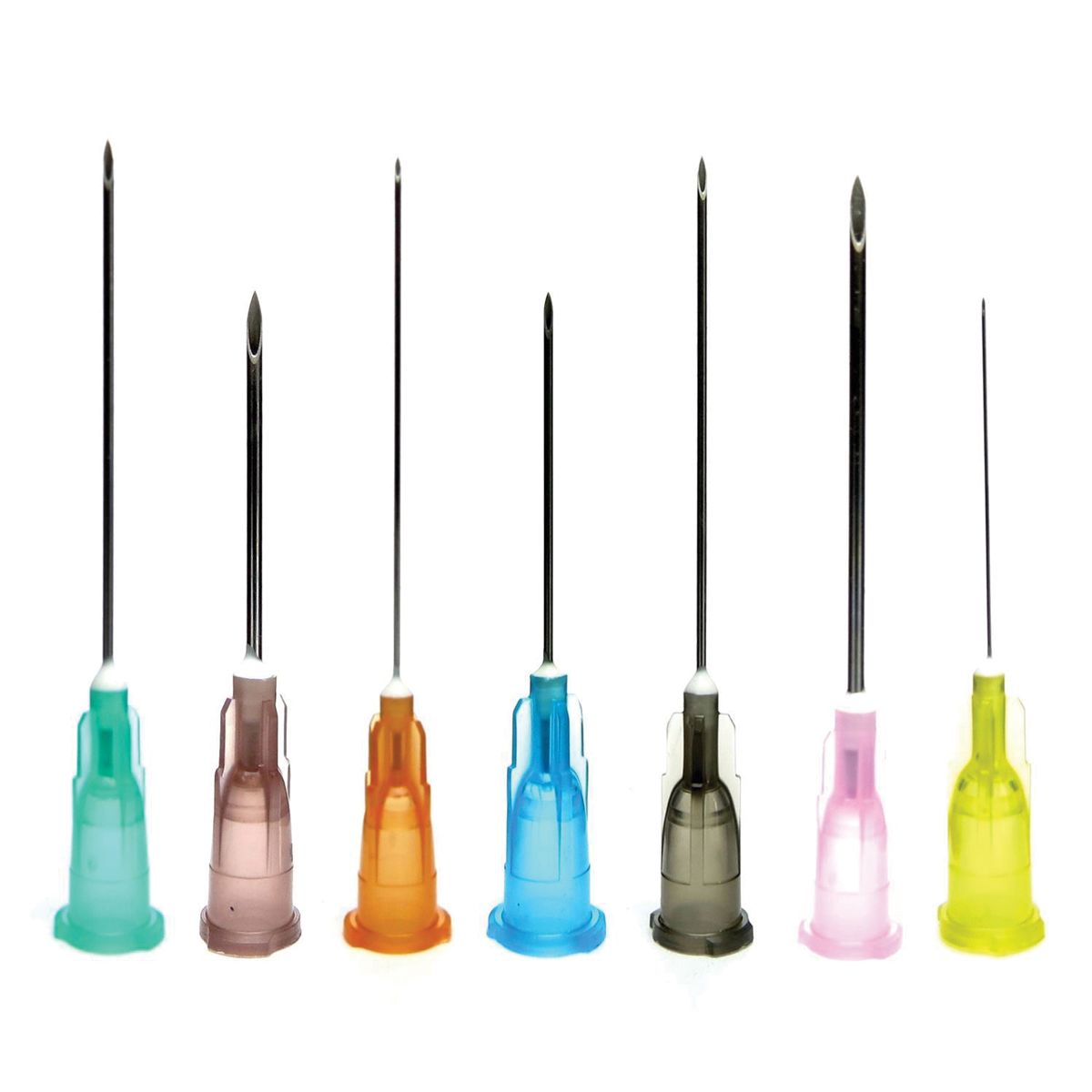Navigating the world of syringes can be daunting, especially when it comes to understanding needle gauges and lengths. Whether you're managing a chronic condition at home or administering medication for a loved one, knowing how to choose the right needle is crucial for effective and comfortable injections. This guide will help demystify needle gauges and lengths, ensuring you make informed decisions for your healthcare needs.

What is Needle Gauge?
The needle gauge refers to the diameter or thickness of the needle. It is typically measured using a scale that might seem counterintuitive: the higher the gauge number, the thinner the needle. For instance, a 31-gauge needle is thinner than a 25-gauge needle.
Common Needle Gauges and Their Uses:
- 31 to 28 Gauge: These are very fine needles, commonly used for insulin injections or other subcutaneous injections. They minimize discomfort and are ideal for medications that don't require deep penetration.
- 27 to 25 Gauge: Slightly thicker, these needles are often used for vaccinations or other intramuscular injections. They provide a balance between comfort and the ability to administer slightly thicker medications.
- 24 to 21 Gauge: These needles are used for intramuscular injections where a thicker needle is necessary to penetrate deeper into muscle tissue, such as with some antibiotics or hormone injections.
- 20 Gauge and Below: These are thicker needles typically used for intravenous injections, drawing blood, or administering large volumes of medication quickly.
Understanding Needle Length
The needle length is measured in inches and determines how deep the needle penetrates the tissue. The appropriate length depends on the type of injection and the patient's body type.
Common Needle Lengths and Their Uses:
- 3/8 to 1/2 Inch: These short needles are used for subcutaneous injections, delivering medication just under the skin. They are ideal for insulin injections or other medications administered in the fatty tissue layer.
- 5/8 to 1 Inch: Medium-length needles are suitable for intramuscular injections in adults and children. They are often used for vaccines and medications that need to be delivered into muscle tissue.
- 1 to 1.5 Inches: These longer needles are used for deeper intramuscular injections, particularly in larger muscle groups like the gluteus.
- 2 Inches and Above: Rarely used in home healthcare, these long needles are typically reserved for specific medical procedures and are generally handled by healthcare professionals.
How to Choose the Right Needle Gauge and Length:
- Type of Medication: Some medications are thicker and require a larger gauge needle to be administered effectively.
- Injection Site: The location of the injection (subcutaneous, intramuscular, or intravenous) will determine the appropriate needle length.
- Patient's Body Type: Thicker or more muscular individuals may require longer needles to reach the appropriate tissue layer.
Tips for Safe and Effective Needle Use:
- Consult Your Healthcare Provider: Always seek guidance from your healthcare provider to ensure you're using the correct needle for your specific medication and injection type.
- Proper Technique: Learn the correct injection technique to avoid complications and ensure the medication is administered effectively.
- Dispose of Needles Safely: Use an FDA-approved sharps container to dispose of used needles and prevent needle-stick injuries and contamination.
Understanding needle gauges and lengths is essential for effective and comfortable medication administration. By choosing the right needle for your needs and following proper injection techniques, you can manage your health condition more effectively at home. Always consult with your healthcare provider for personalized advice and support.

